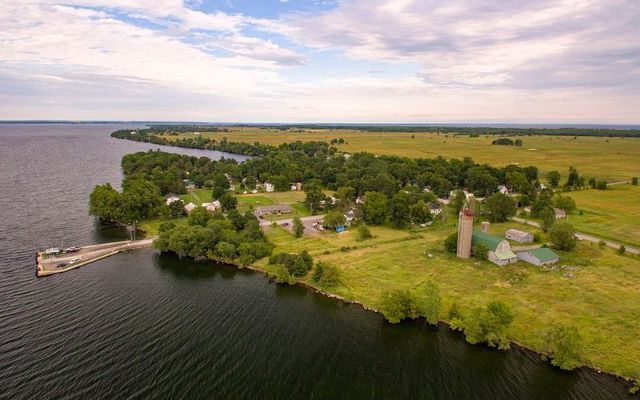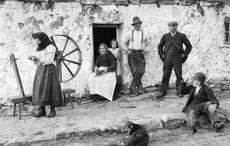Amherst Island, located 10 km west of Kingston, Ontario, is a 20-minute ferry ride from the town of Bath and was home to many Irish immigrants when they first arrived in Canada.
Irish immigrants from Co Down brought their traditions with them and left their mark on the Canadian island by building a number of traditional dry stone walls, surrounding their property with stacked pieces of stone.
Today, Amherst Island boasts the largest collection of Irish dry stone walls outside of Ireland, with ruins found all over the island.
View this post on Instagram
Anyone visiting Amherst Island can also see a collection of stone walls called Feidin Walls in the island's main town of Stella.
The island is also home to the ruins of a stone Celtic cross structure, which aligns with the sun twice a year on March 14 and September 27.
Visitors can take a self-guided tour of the island's stone walls and are encouraged to keep their eyes peeled for a carved Claddagh stone.
The Celtic Cross and Claddagh Stone Legacy Site at Amherst Island, built during 2015 Irish-Canadian Dry Stone Festival -- an excellent reminder this St Patrick's Day? that the 2019 festival comes to us in September!
Again, the links between Ireland and Canada will be in stone. pic.twitter.com/v3LWdWA4WW
— Daryl Kramp (@darylkramp) March 17, 2019
Andrea Cross, who has lived on the island for more than 20 years, was fascinated by the traditional stone walls and helped to bring the Dry Stone Canada Festival to the island for the first time in 2015.
The festival celebrated the island's links to Ireland and attracted wallers from around the world, while it has helped to create a legacy project honoring Amherst Island's Irish history.
The festival has returned to Amherst Island on several occasions since 2015, while Dry Stone Canada will hold its member's symposium on the island in September.
Cross said in 2019 that the stone walls are very important to the 450 residents who inhabit the island.
"A lot of people who have walls on their property, they don’t take them down, they leave them there. They appreciate them, and a part of it, I think, is some of those walls were built by ancestors of the people who still live there," Cross told the Whig.
"There are a number of fifth-, sixth-generation islanders who have gone back to their roots in Ireland and have commented on how strange it feels to go through the cemeteries there, because side by side, they’re the same names (as Canada.) There’s such a connection. That’s what I’m personally trying to do. To bring us together again. To make that connection."

Love Irish history? Share your favorite stories with other history buffs in the IrishCentral History Facebook group.




Comments